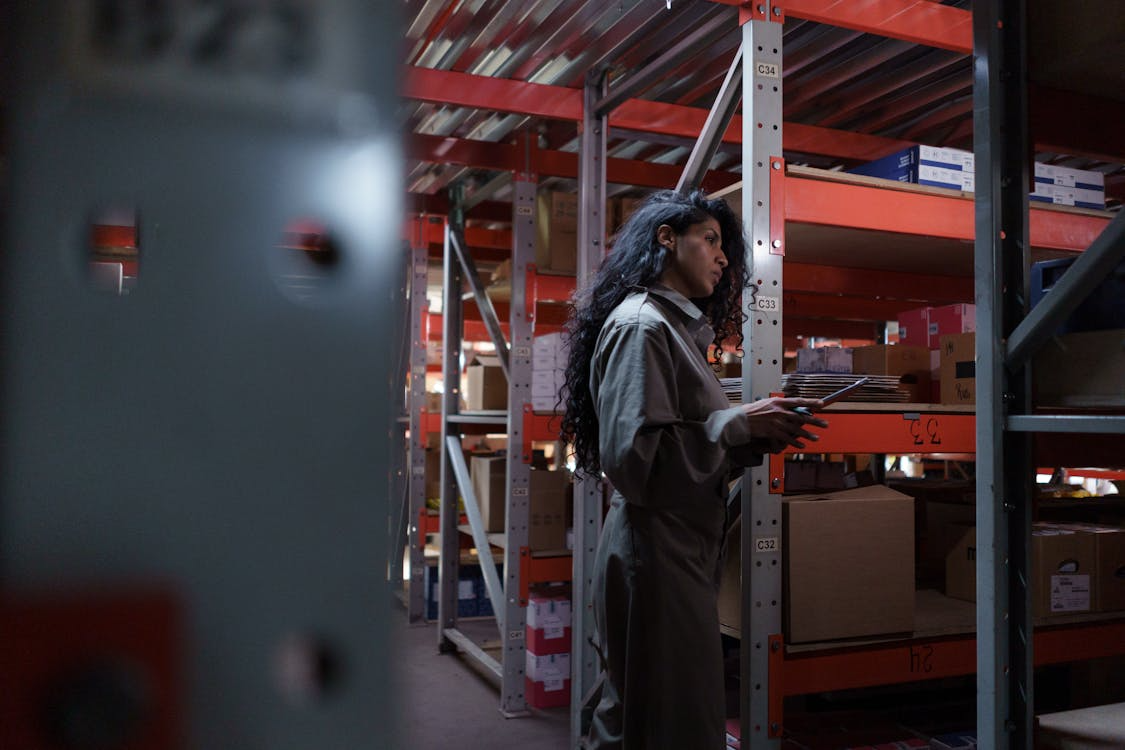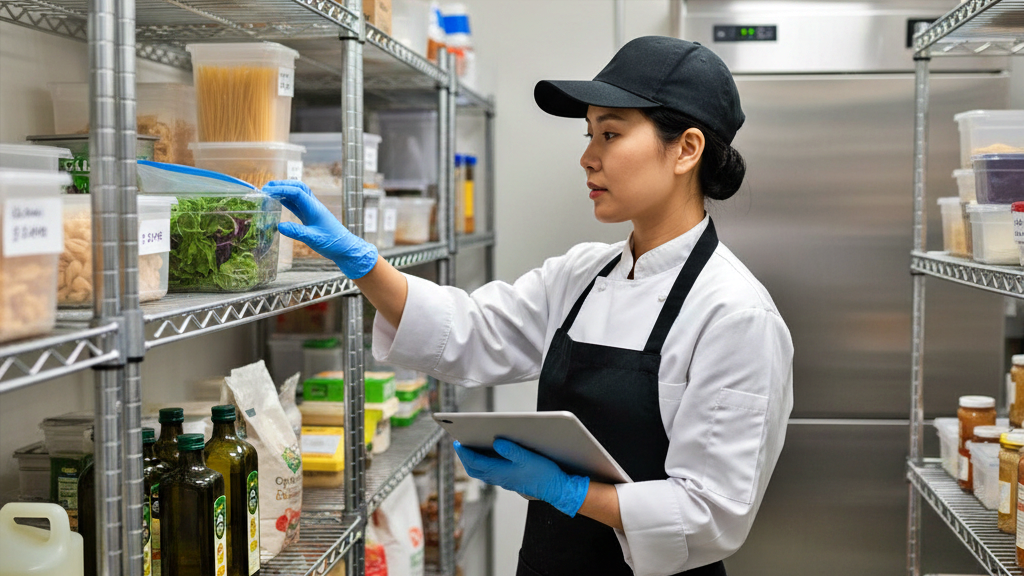Mar 4, 2025
Robots in Restaurants: The Future of Dining is Here
-
.webp)
The robots are here, and they're ready to revolutionize the restaurant industry! At OpsAnalitica, we've partnered with an incredible robotics company, RM Robots, and I'm blown away by their speed of innovation and commitment to building truly useful robots for restaurants. They are constantly taking feedback and turning it into code, resulting in the most complete robot offering on the market today.
However, despite their potential, the adoption of robots isn't as swift as anticipated. In this blog, we'll explore the world of restaurant robots, their business model, and most importantly, what it takes to successfully implement them in your business.
What Can Today's Robots Do?
Service robots are gaining popularity in restaurants across the US, offering a unique dining experience and enhancing hygiene. The pandemic has also accelerated the adoption of new technologies like QR code menus. However, public reception is mixed, with concerns about the complete acceptance of robots and their potential to replace human workers. This trend is not limited to high-tech hotspots like San Francisco or China.
Think R2-D2 with a serving tray, but instead of serving drinks on Jabba the Hutt's sail barge, they're bringing food and drinks to your customers! These robots can handle a variety of tasks:
- Seating customers: No more waiting for a host!
- Food running: The process of delivering meals quickly and efficiently.
- Bussing tables: Clearing dishes and keeping tables clean.
- Taking to-go orders: Interacting with customers for takeout.
- Acting as a menu/ordering screen: Allowing customers to browse and order directly.
- Processing payments: Acting as a mobile payment terminal.
The Primary Value Proposition: Labor Reallocation
These robots excel at one thing: keeping human employees on the floor. By taking over the repetitive task of moving between the front-of-house (FOH) and back-of-house (BOH), robots free up your staff to focus on what they do best—providing exceptional customer service. Imagine your servers spending more time engaging with customers, upselling specials, and ensuring a memorable dining experience.
Several Inspire Restaurants already use our partners at RM Robots, whose robots make between 150 and 200 trips between the FOH and BOH each day. That's 150-200 trips a human doesn't have to make! Think of the possibilities for your restaurant.
The ROI of Robots: It's All About Labor Costs
Let's be clear: the ROI of robots hinges on labor cost reduction. To see a return on your investment, you need to actively reduce labor hours on your schedule and allow the robots to do their jobs. Simply adding a robot without adjusting your labor model will only increase your expenses.
Key to Success: Commitment and Integration
Consider this: you wouldn't hire a new employee without assigning them any tasks, correct? The same applies to robots. You need to fully commit to integrating them into your operations.
- Test, then commit: Start with a trial period to ensure the robots fit your workflow. See how your staff treats them and find tasks where they can shine.
- Go all in: Once you've proven their effectiveness, commit to using them consistently. Make them an integral part of your daily operations.
- Reimagine your processes: Don't just add robots to your existing workflow; redesign your processes to leverage their capabilities. This might involve rethinking your floor plan, optimizing traffic flow, and retraining staff to work alongside robots.
The Value of Robots: More Than Just a Machine

While the upfront cost of a robot might seem high, consider the long-term value and ROI. Robots offer several advantages over traditional labor:
- Predictable Costs: Robots don't require benefits, sick days, or vacation time. This leads to more predictable and manageable labor costs.
- Increased Efficiency: Robots can work consistently without breaks, increasing productivity and efficiency in your operations. Imagine the impact on your table turnover rate and customer satisfaction.
- Reduced Errors: Precision programming in robots reduces errors and improves accuracy in tasks. Say goodbye to incorrect orders or missed deliveries.
- Improved Employee Morale: By taking over repetitive tasks, robots free up human employees to focus on more engaging and rewarding aspects of their jobs. Happier employees lead to better customer service and lower turnover.
This translates to a higher ROI in the long run, as you'll save on labor costs, reduce errors, and improve overall efficiency.
Related: Restaurant Management Checklist Examples
.webp)
Robots as Teammates
It might sound strange, but robots can truly become part of your team. I recently saw this firsthand at a pizza restaurant near my kids' summer camp in Colorado. They were using three robots for bussing and running food, and the staff seamlessly integrated them into their workflow. Hearing a staff member say, "Where's the robot? The phrase "I need to run these pizzas!" solidified the idea that robots can be valuable teammates.
Harmonizing Human and Robot Roles
Despite the overwhelming number of robots in restaurants, the goal is to balance rather than replace humans. Automating tedious processes frees up humans to create deeper client relationships and improve workplace efficiency and safety.
Despite the rise of robotics, restaurant personnel are still essential. Some of their roles:
- Being adaptable to different conditions
- Emotional intelligence for excellent customer service
- Optimizing diner outcomes
These traits are essential for providing excellent customer service and maximizing diner satisfaction.
Maximizing ROI: Versatility is Key
To truly maximize your ROI, use robots for various tasks throughout the day:
- Prep work: Have a robot assist cooks with carrying heavy supplies to the kitchen.
- Hosting: Use robots to greet and seat guests during peak hours or when a host isn't available.
- ** Bussing:** Clear multiple trays of dirty dishes efficiently, freeing up your bussers for other tasks.
- Delivery: Support delivery drivers with curbside pickup, ensuring fast and efficient service.
- And more! The possibilities are endless. Get creative and explore how robots can enhance your operations in unique ways.
Case Studies: Achievements and Difficulties
Understanding the effects of restaurant robots on restaurant owners can be improved by looking at some real-world situations. Analyses of full-service restaurants and quick food franchises reveal both positive results and difficulties, suggesting a complex and evolving integration process.
The Future is Now
In the next couple of years, robots will be commonplace in restaurants. They offer a solution to rising labor costs, staffing challenges, and operational efficiency. Embrace the future of restaurant technology and avoid falling behind!
Ready to learn more?
If you're interested in exploring how robots can transform your restaurant, we're here to help! Schedule a call with us today: https://www.opsanalitica.com/contact
Key Takeaways:
- Robots are a viable solution for increasing efficiency and reducing labor costs.
- Reallocate your labor spend to maximize the ROI of robots.
- Commit to integrating robots into your operations for optimal results.
- Robots can become valuable members of your team.
- Embrace the future of restaurant technology!

Ready to Improve Your Operations?
Get our FREE checklists to streamline processes, boost efficiency, and save time.



